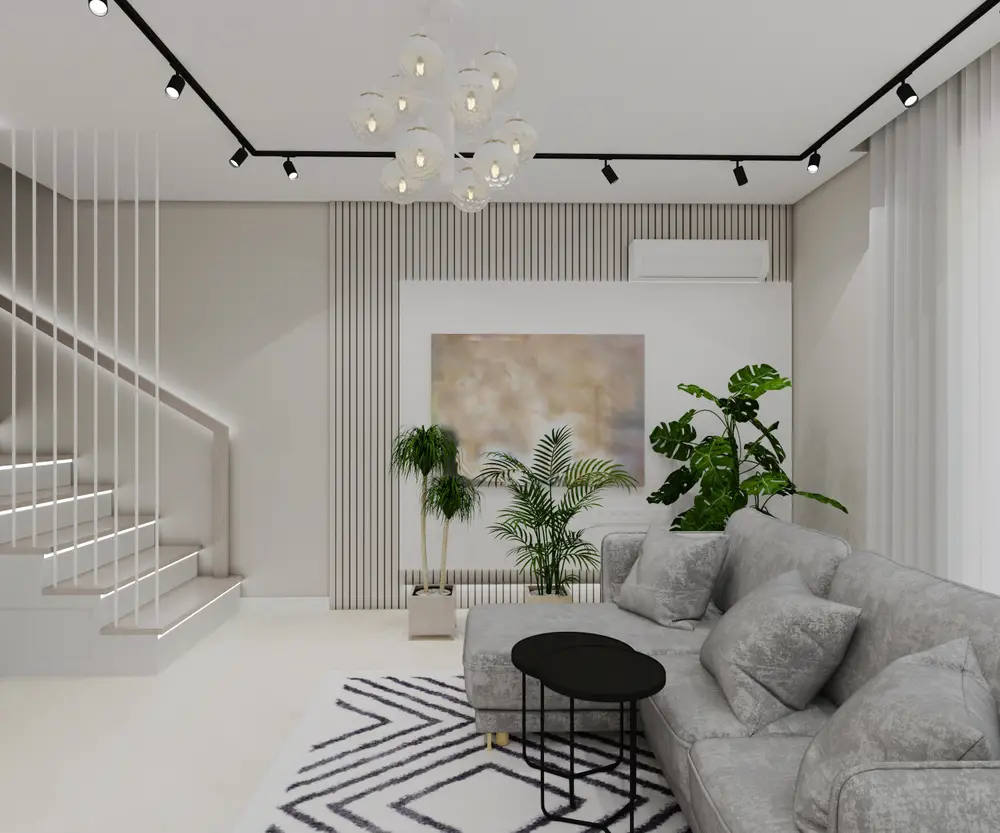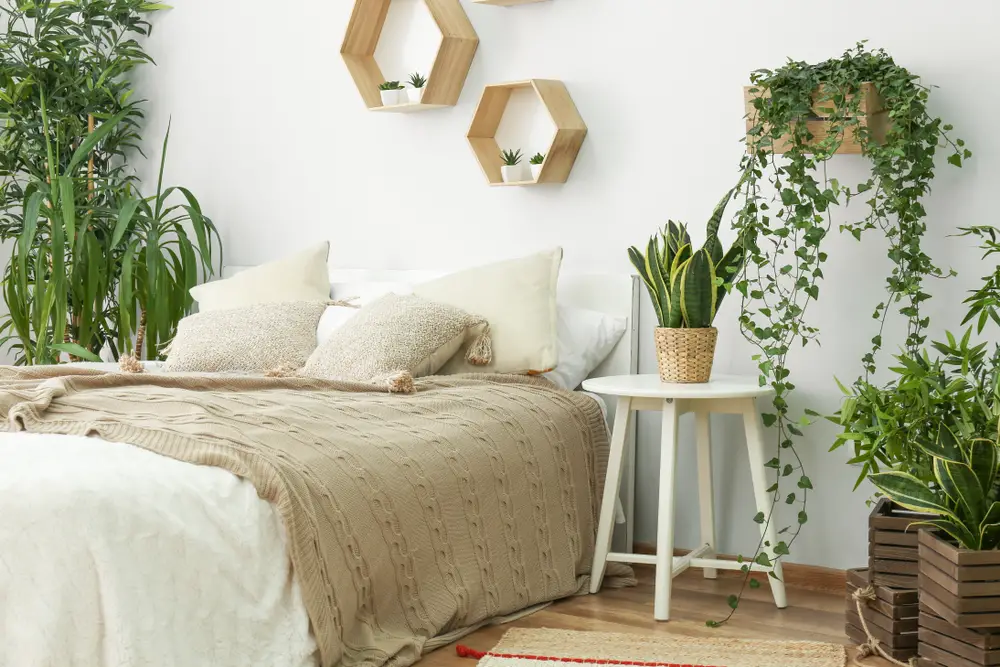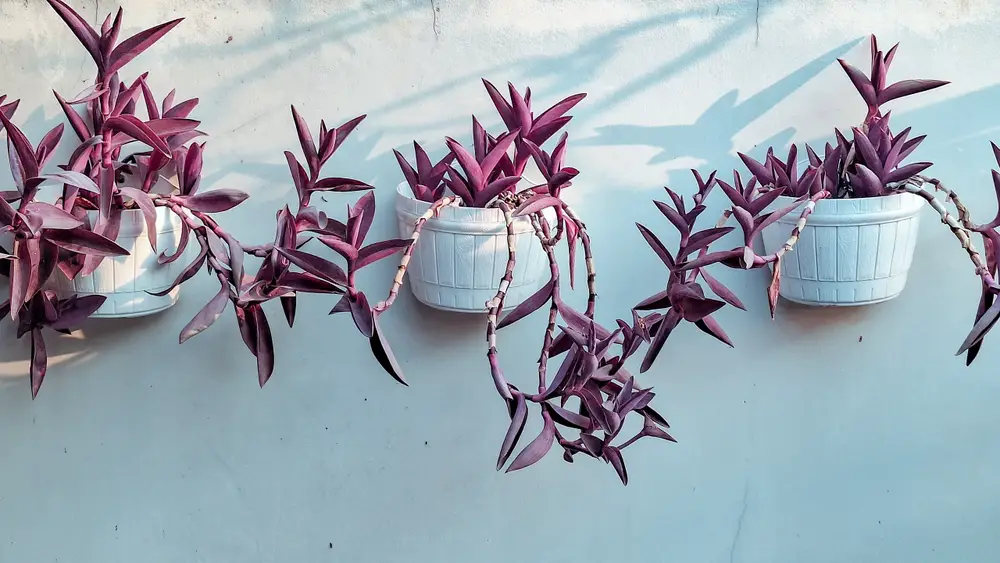Making a Zen garden terrarium will require lots of careful thought. Zen gardens must make the most of structure and organization, while keeping the harmony of the natural world intact. It is about balance and using stones and sand more than plants to create a feeling of peace in your work.
Step One: Think About Structure
You need to begin by looking at the container you intend to use for your terrarium.
Think about its shape, and the stones that you wish to add to it.

What patterns will you create and how will they relate to each other?
You may find it helpful to draw out a design on some paper before you start.
Learn the symbolism of the stones in a Zen garden. This is not fixed, but it is important to consider.
Think about:
- Tall stones to represent the trees
- Flat, rounded stones to represent water
- Sand to represent pebbles
Next, think about your plants. These are not the focus, but in a terrarium, they will still be important.
You should choose plants that spread and stay low, rather than tall ones.
For example, you might use moss in the place of grass, and some lichen-covered stones instead of plain ones.
Finally, consider whether you will add a pathway or a bridge.
Everything will be scaled down in your terrarium, so if you include a path, it should only be thin, but it can wind through the garden.
You can make it using sand or very small pebbles, depending on the effect that you wish to achieve.
Do It Later: A bridge can be made using some very simple materials; we will cover this later.
Step Two: Add Your Base
You will need an overall backdrop for your garden.

This will usually be a fine gravel or sand.
Choose a color that fits with the theme you want to create. Dark colors can look more dramatic, while light colors are soft and calming.
Next, you will want to add a substrate designed for use in terrariums.
This will create a ground-like look, and give the plants you add something to grow in.
It may contain coconut coir, orchid bark, sphagnum moss, etc.
Step Three: Add the Cornerstones
Once you have a base that you are happy with, identify the biggest components – the cornerstones of your design.

These are likely to be literal stones in this case, although you may have a feature plant that you also wish to include.
Put these stones in place first, and view your garden from several angles:
- Are you happy with them?
- Do they achieve the right effect, or should you move them?
Remember, you don’t have to stick to your design exactly. Change things as it suits you.
Step Four: Add the Plants
Next, you should include the plants.
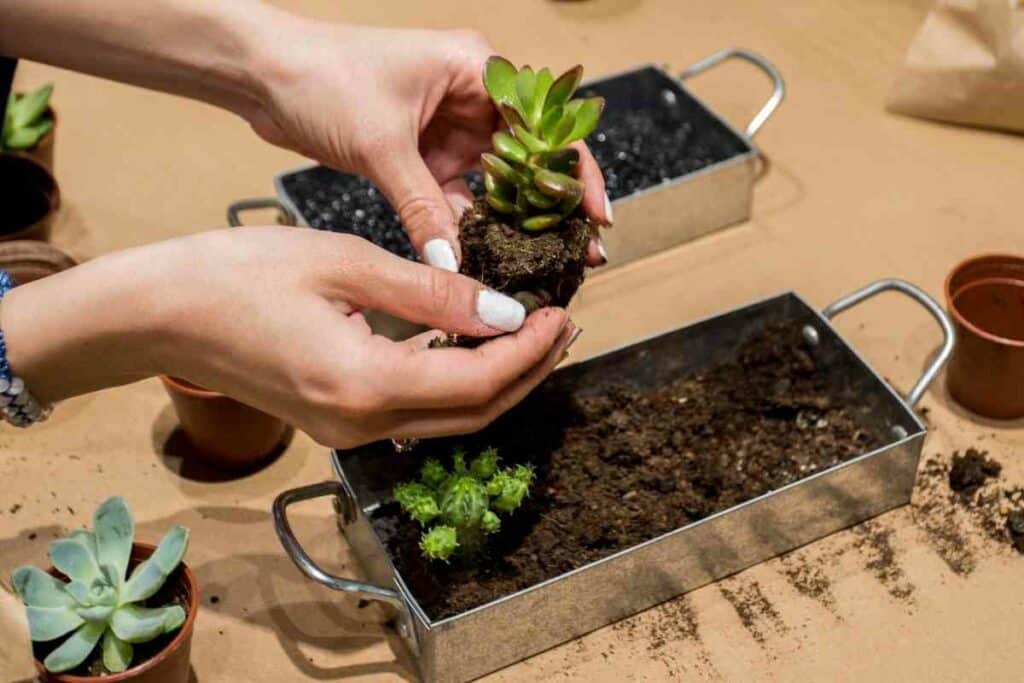
You may only be using moss for your Zen garden, but you should still put a layer in at this stage so that the smaller stones fit on top.
Remember: The focus is upon the stones, so don’t add too much moss, and don’t cover areas that should be stones or sand.
Step Five: Build the Zen Areas
Now that you have the basics in place, start to focus on the Zen aspect of the garden.
You will need to take your time over this to ensure that it reflects the meditative spirit of Zen gardens.
Doing it on a small scale can be challenging:
- Mark out your Zen area with small stones if it helps.
- Clear away any moss that has spilled into your Zen area, and ensure that the gravel you fill it with is clean and perfect.
In most cases, you will want to use very light sand or gravel, as this draws the eye and ensures that the focus is upon it, rather than the plants.
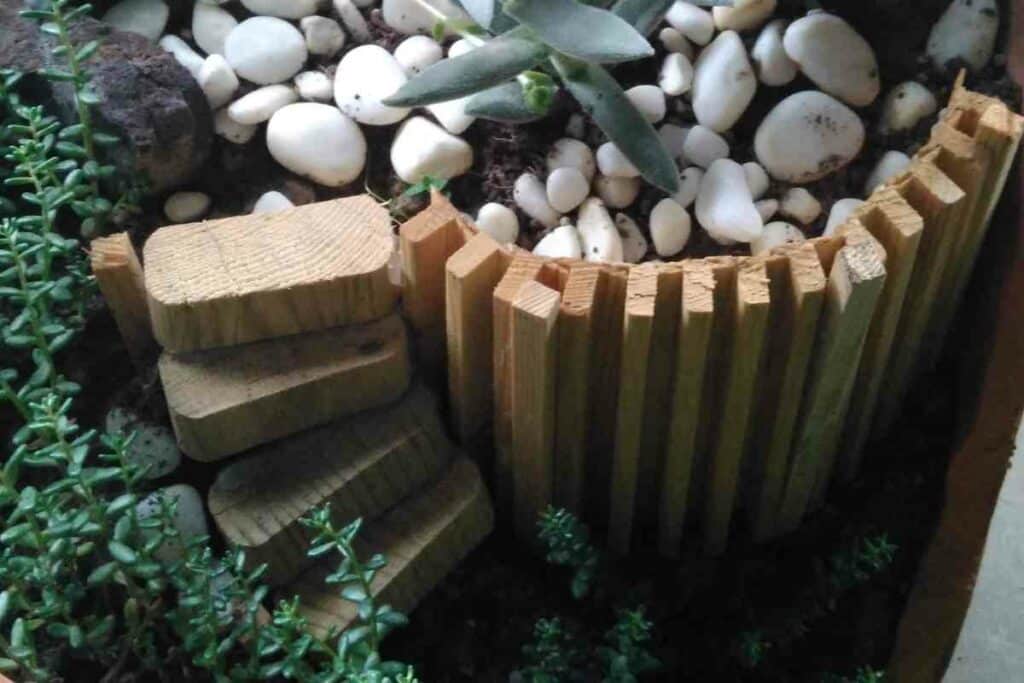
It also brings a clean, airy feeling to the terrarium, so work with this to maximize that sense of spirituality.
Ensure that the focus is upon this area (or areas, depending on the size of your terrarium) and that it looks perfect.
Improvise: If you are using sand, find a fine tool that can be used to rake it and create patterns in it.
Step Six: Add a Bridge
If you wish to include a bridge, this can easily be made using lollipop sticks and natural string, such as jute string.

You can cut the lolly sticks into planks for the bridge:
- Slice a thin piece of lolly stick.
- Glue each plank to this using hot glue, spacing them a few millimeters apart from each other.
- The thin piece of the lolly stick will hold the planks in place from beneath the bridge.
- The more evenly you can space them, the better your garden will look.
- Cut a toothpick into round posts for the ends of the bridge, and then join these using the string to create a rustic bridge.
You can then place this in your garden where there is a natural hollow.
It is best if it feels like it really provides a crossing between two points; do not just stick one in at random.
If a bridge is not part of your early design, leave it out.
Step Seven: Finish Off
Take a moment to review your garden and tidy up any parts that you are unhappy with.

Feel the draw of the stones, and make sure that the foliage is not overwhelming their beauty and meditative effect.
Conclusion
You have now created a Zen garden terrarium.
Remember, this can take any shape or form you like, as long as the stones are the focus.
It should bring you a sense of calm and peace when you look at it.
You May Also Read
- Philodendron Care, Varieties, And Aesthetic Home Arrangements
- Best House Plants for Low Light – Thriving Indoors with Minimal Sunlight
- 15 Air-Purifying Houseplants That Release The Most Oxygen
- Purple Houseplants: Your Guide to Dramatic Indoor Beauty
- Philodendron Moonlight Vs. Golden Goddess
- How to Revive Your Rubber Plant: 6 Tips to Help Your Rubber Tree Thrive Again


